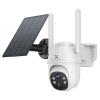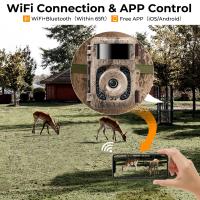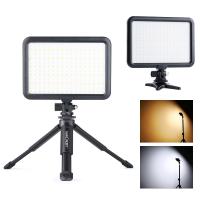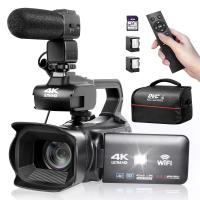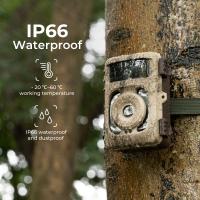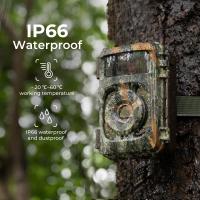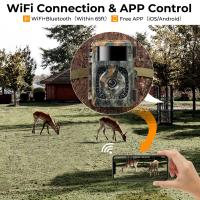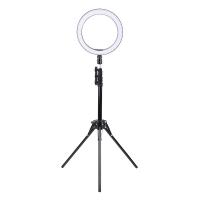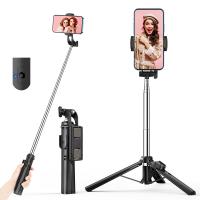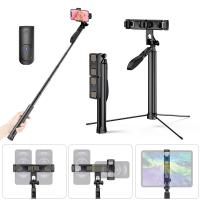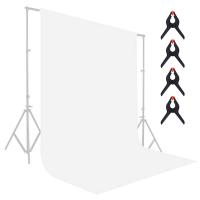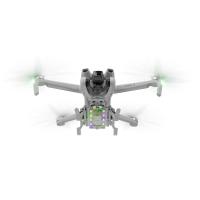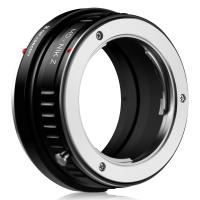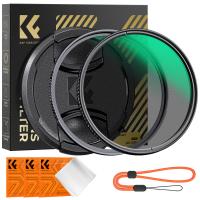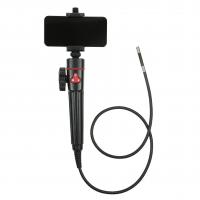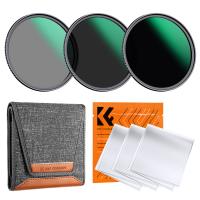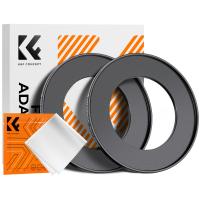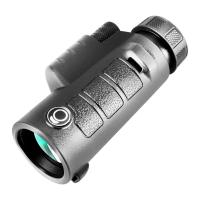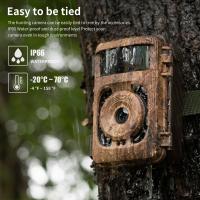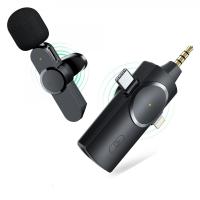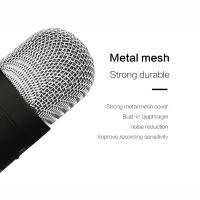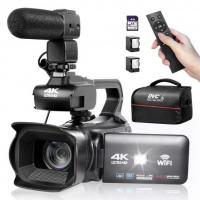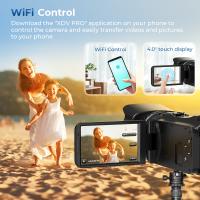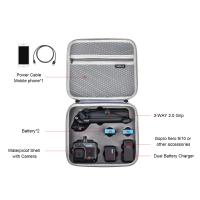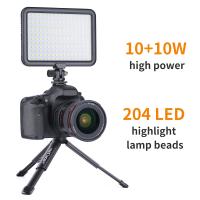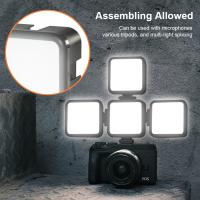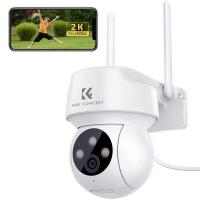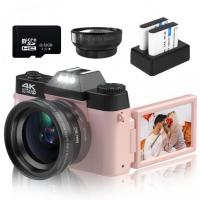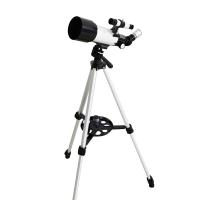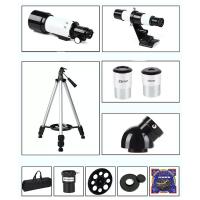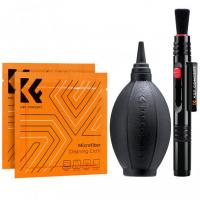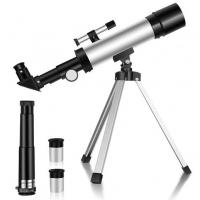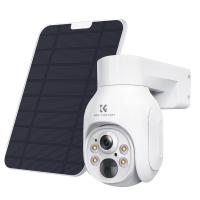Camcorder That Can Live Stream?
In an age where live streaming is increasingly a part of our daily communication and content creation, choosing the right camcorder for live streaming has become essential. Whether you’re a professional content creator, a live event host, or just someone who wants to stream personal moments with high-quality video, understanding the specific needs for live streaming is key to making an informed decision. In this article, we will dive into the factors that determine the best camcorder for live streaming, focusing on aspects such as video quality, ease of use, connectivity options, and specific features that can enhance your streaming experience.
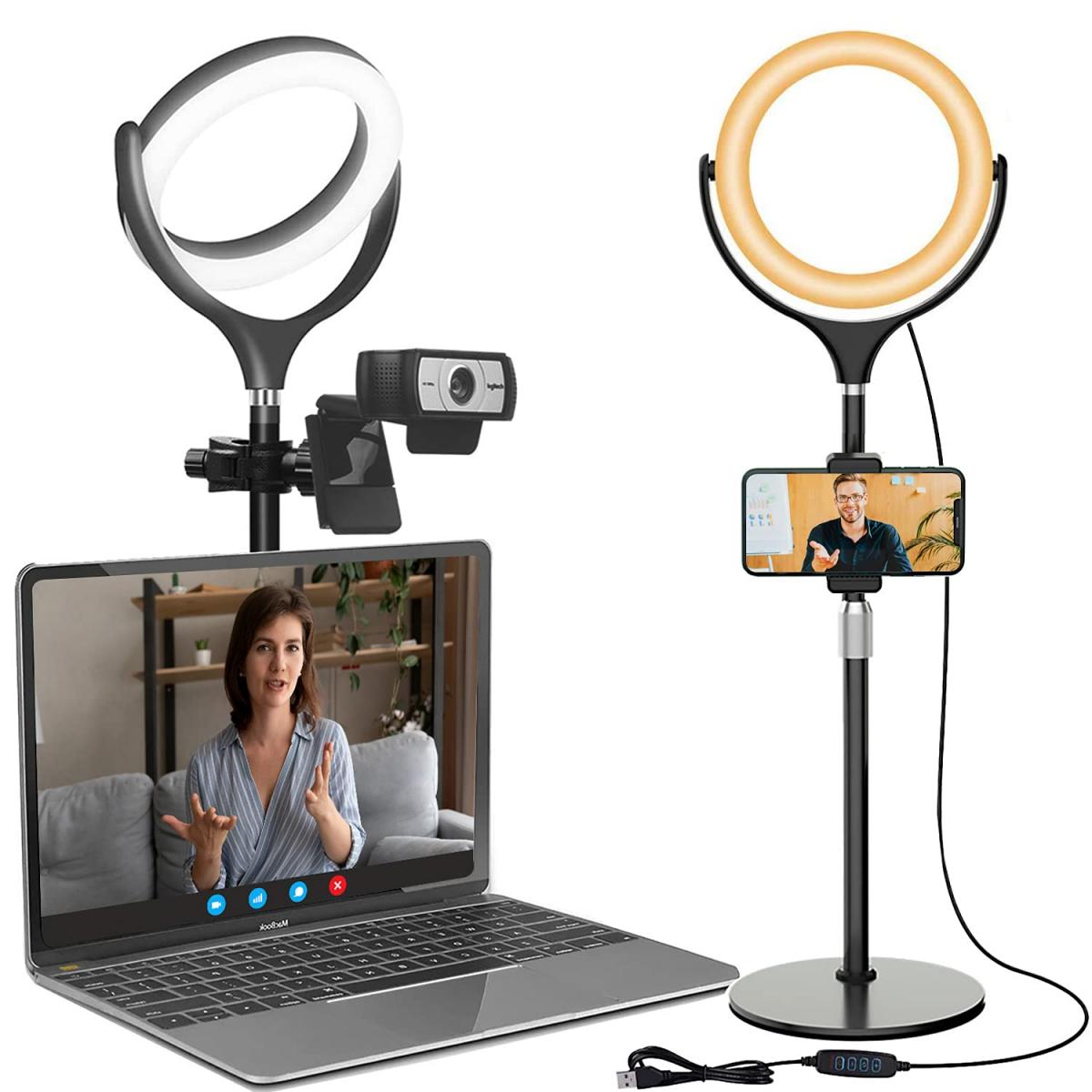
Understanding the Essentials of Live Streaming Camcorders
Before we dive into product recommendations or technical specifications, it’s crucial to first grasp what makes a camcorder suitable for live streaming. At the heart of live streaming is the transmission of video in real-time, which means you need a camcorder that offers more than just good image quality. To successfully stream live, the device must meet certain criteria, including:
1. High-Quality Video Output: Clear, sharp video is the cornerstone of any successful stream. Depending on your content, you may need HD, Full HD, or even 4K resolution.
2. Continuous Power Supply: Live streaming often requires long hours of continuous operation. The camcorder must support long battery life or have the ability to be plugged into a power source while streaming.
3. Connectivity Options: A camcorder for live streaming needs to have the appropriate ports and outputs to connect to streaming platforms. This can include HDMI, USB, or Wi-Fi/Bluetooth.
4. Ease of Integration: A great camcorder should seamlessly integrate with your streaming software or live-streaming service, such as OBS (Open Broadcaster Software), YouTube Live, Facebook Live, or Twitch.
5. Audio Support: Quality audio is just as important as high-quality video. Many camcorders allow for external microphone connections, which help capture clear, professional sound during the stream.
Let’s now break down these essential features and explore how they apply to specific camcorders.
1. Video Quality: HD, 4K, and Beyond
When it comes to video quality for live streaming, the most common resolutions are HD (1080p), 4K, and even 8K. The resolution you choose will depend on your content, your audience’s internet speed, and the platforms you’re using to stream.
- 1080p (Full HD): Most live streaming platforms like YouTube and Facebook support 1080p, which is more than enough for high-quality streams. Camcorders that offer 1080p video are widely available and suitable for most streaming needs.
- 4K: For those looking to future-proof their setup or stream on platforms that support ultra-high-definition content, 4K video output is a good option. Platforms like YouTube support 4K live streaming, and the extra resolution provides greater clarity, especially for professional creators or those working with high-end production values.
- 8K: While 8K camcorders are available, they are still quite niche, and few platforms support 8K streaming. Unless you're creating content for specific uses (like cinematic productions or tech demonstrations), 8K may not be necessary.
2. Power and Continuous Operation
One of the biggest concerns with live streaming is ensuring that your equipment won’t cut out in the middle of your broadcast. This is where battery life and continuous power supply come into play. Many camcorders allow you to connect to an AC power adapter, which is crucial for long streaming sessions.
- Battery Life: Look for camcorders with long battery life, typically 3-5 hours of continuous recording. Models that allow for additional batteries or hot-swapping are particularly useful for longer streams.
- AC Power: Most professional camcorders allow you to connect directly to a power outlet while streaming. This feature is a must-have for events or long sessions where you don’t want to risk your battery running out.
- External Battery Packs: Some camcorders also support external battery packs or chargers, which extend usage time and offer flexibility when working in remote locations.
3. Connectivity and Streaming Integration
A camcorder for live streaming needs to support the right connectivity options to get video to your streaming platform efficiently. The two main types of connectivity are wired (HDMI, USB, etc.) and wireless (Wi-Fi, Bluetooth).
- HDMI Output: HDMI is the most common and reliable connection for high-definition video. It provides an uncompressed signal and is ideal for professional-grade live streams. Many camcorders come with an HDMI port that can be connected to a capture card, which then sends the video to your computer for streaming through software like OBS.
- USB Streaming: Some modern camcorders come with a built-in USB output, which allows for easy plug-and-play integration with computers. This is often found in consumer-grade models or compact camcorders. A USB connection may limit resolution, but it’s a convenient feature for quick, hassle-free streaming setups.
- Wi-Fi/Bluetooth: Camcorders with built-in Wi-Fi or Bluetooth can connect directly to the internet or compatible devices, allowing for wireless streaming. This is particularly useful for mobile streaming or when you want to avoid tangled cables.
- NDI Support: NDI (Network Device Interface) is a protocol that allows video and audio to be sent over a network for live production. This is typically seen in high-end camcorders and can be a game-changer for live event production.
4. Audio Capabilities: Enhancing Your Stream’s Sound
Great video often doesn’t make up for poor audio, so your camcorder should offer strong audio capabilities. Most camcorders have built-in microphones, but external microphones are often necessary to achieve professional sound.
- External Microphone Input: The ability to connect external microphones is crucial for professional-quality audio. Look for camcorders with a 3.5mm microphone input or XLR inputs for more advanced setups.
- Built-in Microphones: While built-in microphones may work in a pinch, they often lack the clarity and noise reduction needed for professional streaming. However, newer camcorders do come equipped with improved internal microphones that can handle basic streaming situations.
- Audio Control: Some camcorders offer manual control over audio levels, allowing you to adjust the sound in real-time to prevent distortion or clipping during a live broadcast.
5. Portability and Ease of Use
Portability can make a big difference depending on your streaming environment. Some camcorders are designed for portability, with lightweight builds and easy-to-carry designs, while others are larger and more suited to stationary setups.
- Compact Models: If you’re planning to stream from a variety of locations or move around while streaming, a smaller, more portable camcorder might be the best choice. These models are easy to transport and often come with built-in wireless capabilities for easy streaming on-the-go.
- Advanced, Stationary Models: For those who need a more robust, professional-grade setup (e.g., for multi-camera live streaming or studio setups), larger camcorders with more connectivity options may be more appropriate.
6. Camcorder Recommendations for Live Streaming
Now that we’ve covered the key features, let’s look at some of the best camcorders for live streaming across various use cases.
- Sony FDR-AX700: This 4K camcorder is a top choice for professional streamers. It offers great video quality, excellent autofocus, and reliable HDMI output for capture cards. It also supports continuous power with an AC adapter and has strong audio control options.
- Panasonic HC-X2000: This professional camcorder is known for its compact design, 4K video resolution, and excellent connectivity. It features HDMI, USB, and SDI outputs, making it versatile for various live-streaming setups.
- Canon VIXIA HF G50: A more budget-friendly option that offers Full HD video, strong connectivity options, and long battery life. It’s a solid choice for those starting with live streaming without breaking the bank.
- Sony PXW-Z90V: This camcorder is perfect for high-end live-streaming setups. It offers 4K video, NDI support for networked production, and superior low-light performance.
Conclusion: Finding the Best Camcorder for Live Streaming
Choosing the right camcorder for live streaming depends largely on your specific needs and the type of streaming you plan to do. For professional-grade content, a camcorder that offers 4K or higher resolution, excellent connectivity, and strong audio features will provide the best experience. For those just starting, a good 1080p model with solid battery life and user-friendly features will often be enough.
When considering your options, think about the following:
- What is the primary platform you’ll be streaming to?
- Do you need portability or is a stationary setup more appropriate?
- Will you require external microphones and other accessories?
- What is your budget?
By addressing these factors, you can find the ideal camcorder to take your live streaming to the next level.

